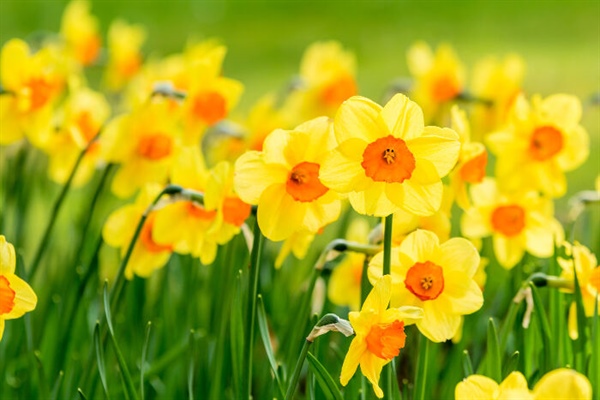As I write this, the March nor’easter has just barely clipped DC on its blizzardly path up the Atlantic coast. Classic March weather – predictably unpredictable. As written by French philosopher Jean-Baptiste Alphonse Karr (1908 – 1990): “Plus ça change, plus c’est la même“— the more things change, the more they are the same.
“The French proverb that the more things change the more they remain the same is more than a witticism. It expresses, with admirable conciseness, the paradoxical relationship between permanence and change… he [Karr] implicitly establishes an essential and often neglected fact, namely that permanence and change must be considered together, in spite of their seemingly opposite nature… (P. Watzlawick, J. Weakland and R. Fish – Changes -1981)”
Continuity requires change. The last few posts have been about the self study process; a process that is emblematic of how to manage the paradoxical relationship between permanence and change.
While writing this post, I gazed out my porch window and watched quarter-sized snowflakes drift slowly onto the lawn. I thought about the endless dance between the permanence of the land and the seasons combined with the transience of day-to-day weather and a neighborhood populated with ravenous 4-legged visitors. What are the lessons learned from on-going efforts to create a green retreat that might apply to an NP postgraduate program? How do thoughtfully conducted self studies provide guidance on managing change in the service of continuity.
I remembered my original visions of classic plantings that provided year-around interest; color coordinated displays in shade and sun filled with evocative scents and beautiful form. I was inspired by near-by gardens and parks, by landscaping books and blogs filled with photos of gorgeous gardens that created magical environments. And I remembered my on-going journey from impractical dreams to fulfilling reality.
First the dream: My aspirational mission was clear – an inviting yard that welcomed people, birds and butterflies. My near-term vision was equally clear – perennial and annual plantings that would be a haven for our family while attracting local and migrating birds and butterflies. It would be an intoxicating mix of scent, colors, form and interesting silhouettes for every season. My goals/objectives were laid out in carefully designed planting plans with corresponding lists of various perennials, shrubs, trees and seasonal annuals.
Now the reality: For several years our bedraggled yard gave no hint of the careful thought that went into its creation. However, the local deer and squirrels were quite pleased with our efforts to provide a changing seasonal buffet. Each new attempt to meet my gardening objectives was met with enthusiastic consumption. Large swathes of the landscape were regularly transformed from lovely to denuded. Tulips, roses, hostas and lilies were eaten to the ground making room for the next crop. However, the daffodils, peonies, beebalm and butterfly bush remained untouched. There was definitely a pattern that was replicated season after season. Great plans but not in sync with reality. The continuum linking aspiration and implementation needed work.
The challenge was clear: What did I need to change to create a haven for people, birds and butterflies while discouraging 4-legged diners? To achieve my dream, I needed to acknowledge the reality of the neighborhood and the environment, to flexibly and creatively leverage available resources.
It was time for a self study. I reconnected with like-minded neighbors. We conducted individual SWOT analyses and shared the results. We reviewed the analyses and explored the possibilities. We discovered many strengths (long growing season, passionate gardeners and many local nurseries) and weaknesses (no fences or irrigation, clay soil, high humidity and hot summers). There were very clear threats (wild and domesticated animals, drought, and not enough resources) and numerous opportunities (neighbors who are avid gardeners, native plants, volunteering and partnerships with local non-profit landscape organizations). Putting it all together, I had a new landscaping plan. The next step was creating a timeline with corresponding actions, then making it happen. It is an on-going process. Every year it gets better.
Lessons learned: Pay attention. Rigorously document what works and what doesn’t — what is permanent and what can be changed. Gather formative and summative data – get input from others. Create feedback loops and make changes based on the data. Analyze the summative findings. Identify best practices. Document and explore unexpected successes and disappointing outcomes. Identify areas that warrant further development. Revise plan as needed. Keep the self study current — revisit it annually. Be positive and open to change. Cherish the outcome.
Bottom line: use the self study as an aspirational anchor and a pragmatic guide for documenting success and identifying areas for improvement. Celebrate success. Be inspired by failure. Embrace the interconnection between permanence and change.
Wrapping up with a quote from James Audubon: “The woods would be very silent if no birds sang except those who sang the best.”
Until next time, wishing you peace and well-being,
Candice


